Silicone sealant is a versatile adhesive used in a variety of applications, from sealing windows and doors to waterproofing bathrooms and kitchens. However, with so many options available, it can be difficult to choose the right one for your needs. This guide will help you understand the factors to consider when selecting a silicone sealant and make an informed decision.
Determine the Purpose of Your Project
The first step in choosing the right silicone sealant for your project is to determine its purpose. Are you sealing a window or door to prevent drafts? Waterproofing a bathroom or kitchen? Bonding two surfaces together? Each application requires a different type of silicone sealant with specific properties. Understanding the purpose of your project will help you narrow down your options and choose the right product for the job.
Consider the Type of Surface You Will Be Sealing
The type of surface you will be sealing is an important factor to consider when choosing the right silicone sealant. Different surfaces require different types of sealants to ensure proper adhesion and longevity. For example, if you are sealing a porous surface like wood or concrete, you will need a sealant that can penetrate and bond with the surface. On the other hand, if you are sealing a non-porous surface like glass or metal, you will need a sealant that can adhere to the surface without penetrating it. Be sure to read the label and choose a sealant that is compatible with the surface you will be sealing.
Look at the Temperature Range of the Sealant
Another important factor to consider when choosing the right silicone sealant for your project is the temperature range it can withstand. Some sealants are designed to withstand high temperatures, while others are better suited for low temperatures. If you are sealing an area that will be exposed to extreme temperatures, such as a fireplace or outdoor area, be sure to choose a sealant that can handle the heat or cold. Check the label for the temperature range and choose a sealant that is appropriate for your project.
Check the Curing Time
Curing time is another important factor to consider when choosing the right silicone sealant for your project. Curing time refers to the amount of time it takes for the sealant to fully dry and form a strong bond. Some sealants have a quick curing time, while others may take several hours or even days to fully cure. Consider the urgency of your project and choose a sealant with a curing time that fits your timeline. Keep in mind that some sealants may require additional time to fully cure if applied in thick layers or in humid conditions.
Consider the Color and Finish of the Sealant
The color and finish of the silicone sealant may not seem like a crucial factor, but it can make a big difference in the overall appearance of your project. Some sealants come in a range of colors, while others are only available in clear or white. Consider the color of the surface you will be sealing and choose a sealant that matches or complements it. Additionally, some sealants have a glossy or matte finish, which can also affect the final look of your project. Take the time to choose a sealant with the right color and finish to achieve the desired aesthetic.

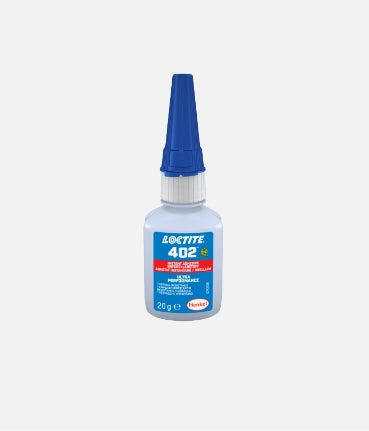
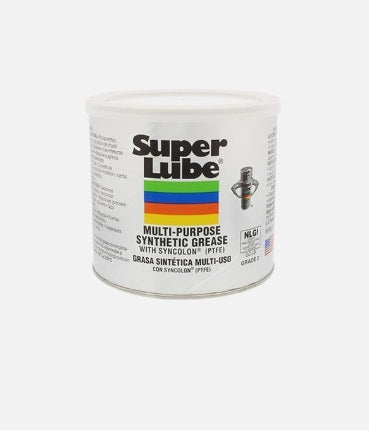

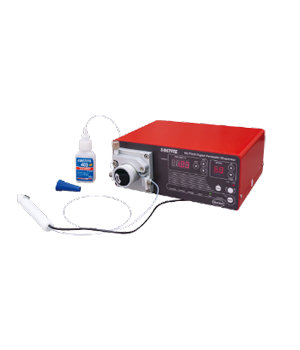

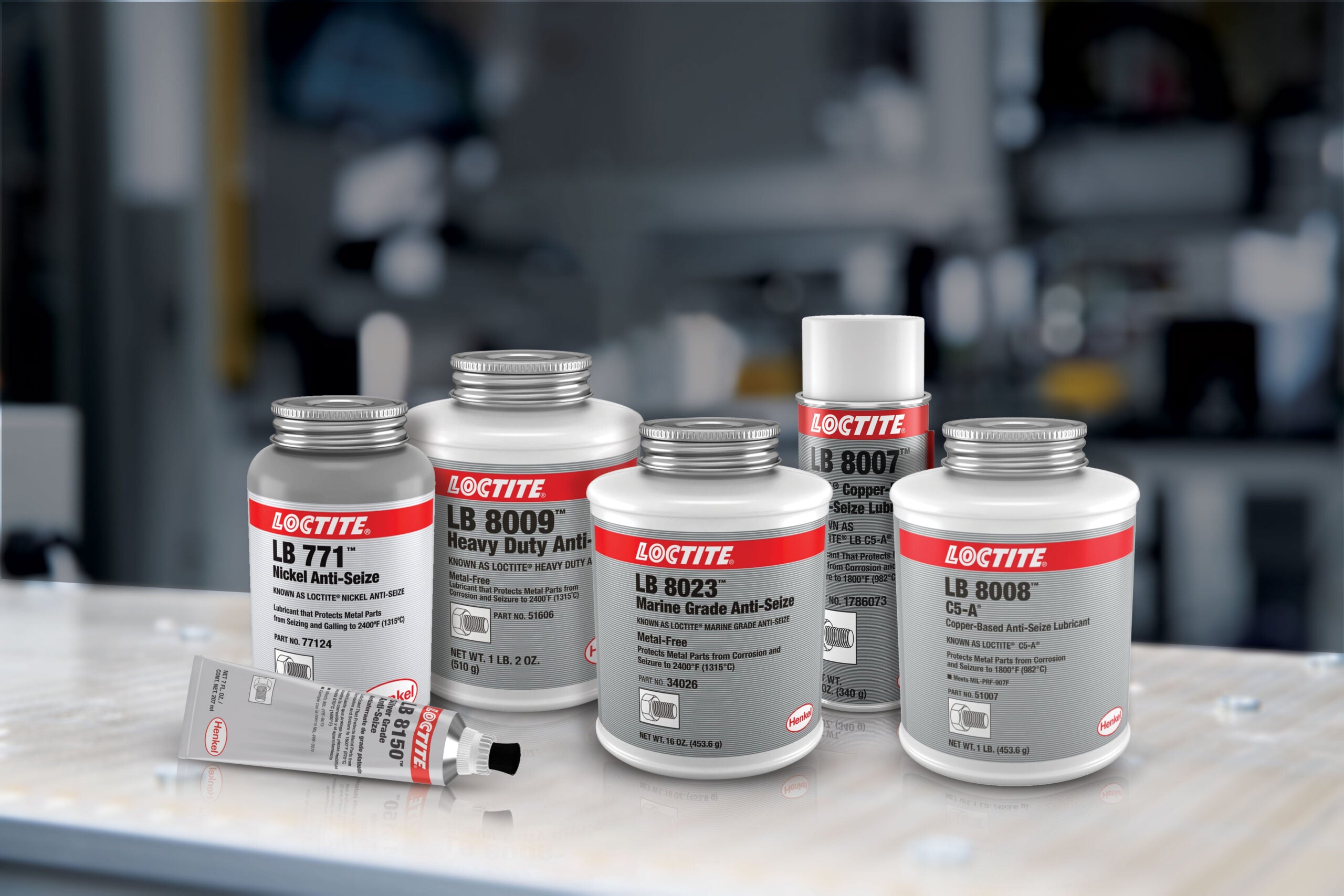
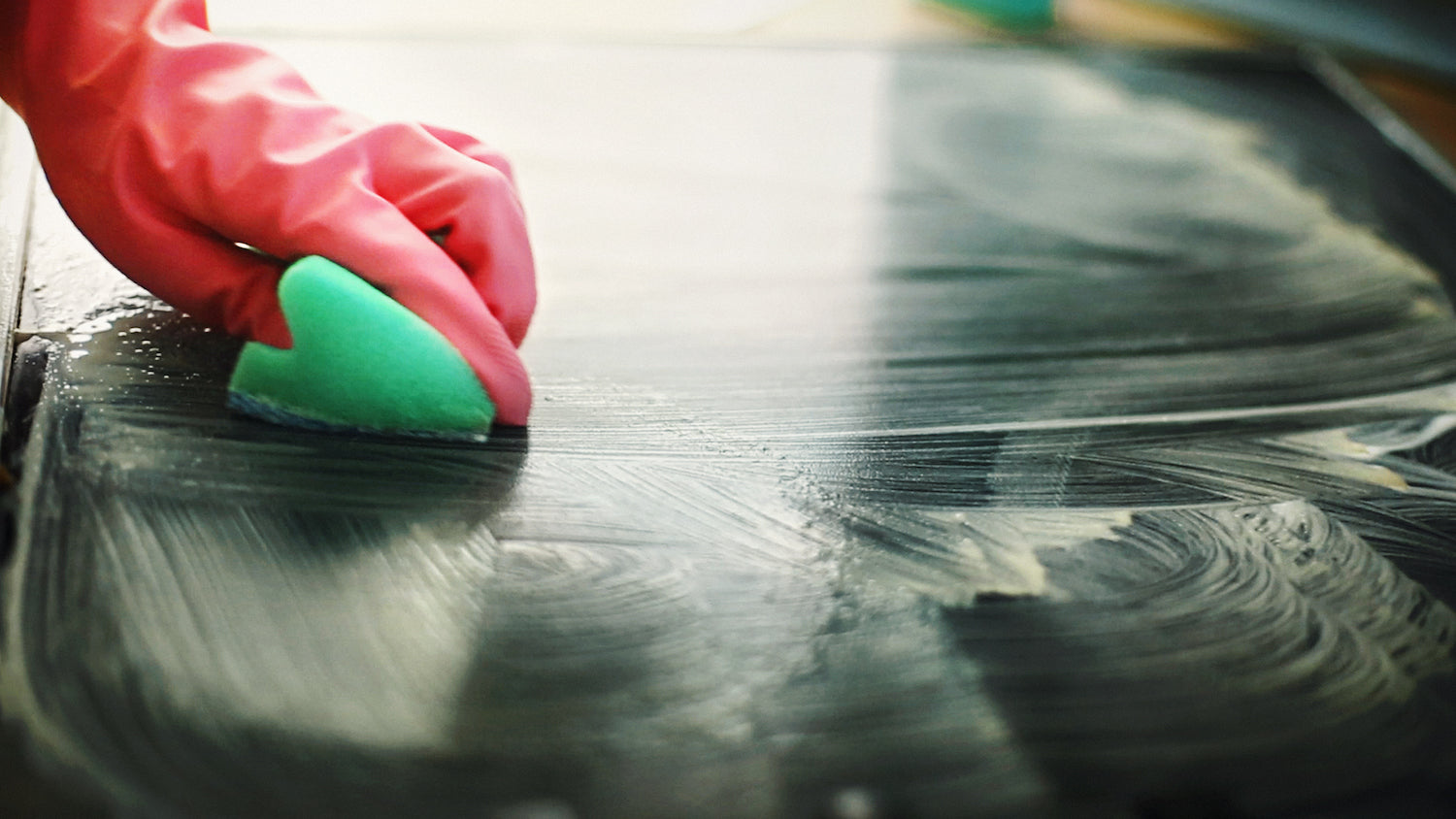
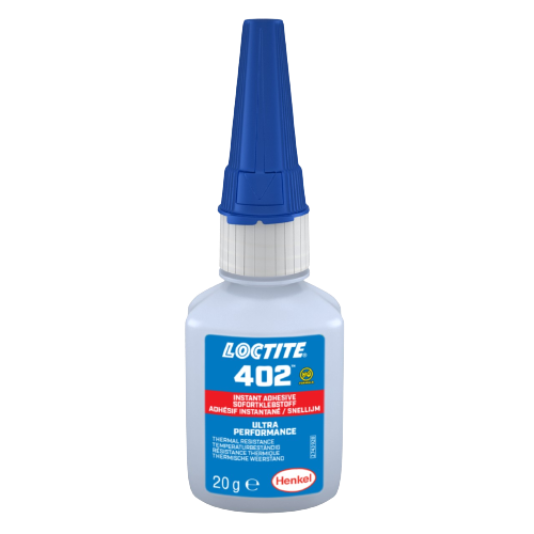
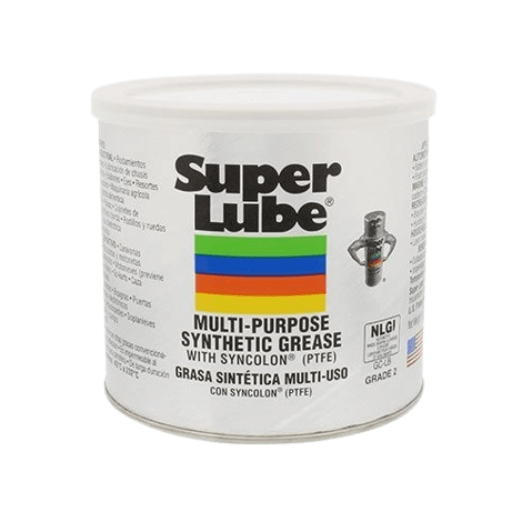

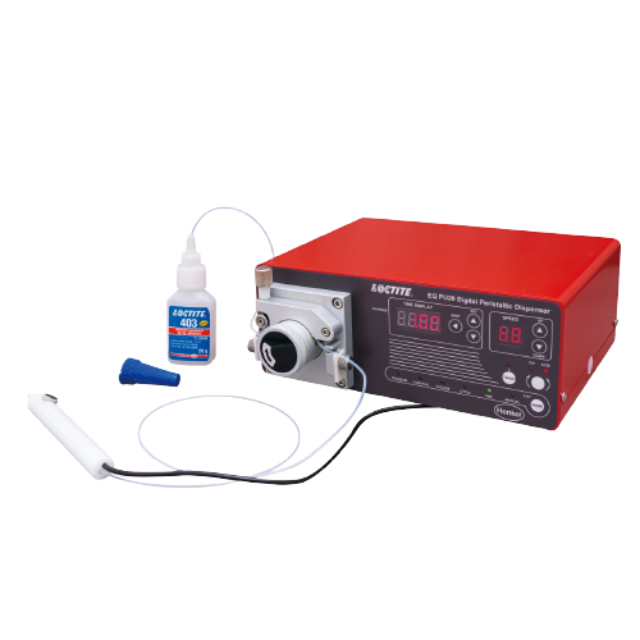
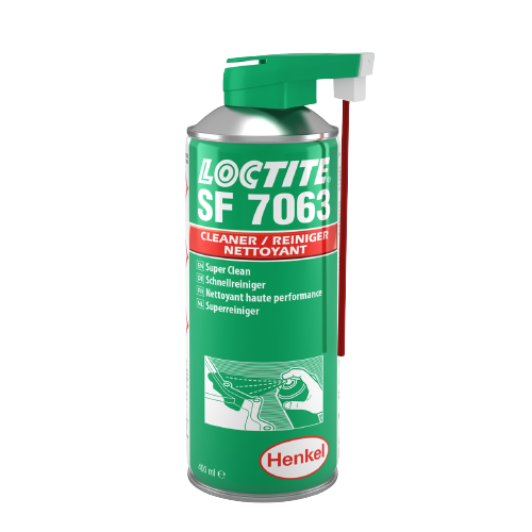
Leave a comment
All comments are moderated before being published.
This site is protected by reCAPTCHA and the Google Privacy Policy and Terms of Service apply.